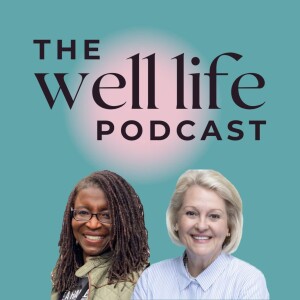
How to Eat Healthy on a Budget
- Plan: To optimize your budget-friendly grocery list, decide which meals you want to cook for the week.
- Avoid impulse purchases and stick to your list at the store.
- Consider meatless meals. Plant-based proteins are highly nutritious and generally more affordable than meats and fish. If you still crave meat, incorporate smaller amounts as a base for flavor or as a condiment, while focusing on plant proteins like beans or tofu so that you can save on cost, increase volume of the meal, and boost nutrition and heartiness.
- Purchase foods and snacks that are satiating and filling. How easy is it to eat a half a package of chips in one sitting? In contrast, how many handfuls of nuts or apples can you eat at one time? Even though a 3-pound bag of apples may cost $4.00 versus $2.50 for a large bag of chips, consider which will satisfy your hunger longer. One study found that unsatiating foods leave people wanting to eat more often, which may translate into greater food costs.
- Don’t shop on an empty stomach. Munch on a piece of fruit or some nuts before entering the store.
- Allow for flexibility in your shopping list if items like fresh produce or poultry and fish are on sale. If they are foods you enjoy, you might purchase extra quantities and freeze them for later use. Fresh meats, fish, and some produce (bananas, berries, avocados, broccoli, cauliflower, Brussels sprouts, corn) freeze well.
- Consider purchasing non perishable staple foods in bulk. Even though it may cost more upfront to buy a “family-sized” package products like whole grains, lentils, and dried beans, the cost per unit is usually cheaper. To determine this, you will need to calculate the price per unit:
- Buy generic or store-brand: you will notice when comparing the ingredients list that similar if not identical ingredients are used. The generic brand is generally cheaper because less money is spent on advertising and creating fancy food labels.
- Scan the discounted produce cart that usually sits in a corner; this is filled with produce starting to age but which are still tasty if you can eat them the same day or the next day.
- Don’t buy more highly perishable items than you can use in one week (unless you plan to freeze them), or else you run the risk of food spoilage and waste. Learn how to store produce correctly for a longer shelf life, and be aware of highly perishable foods such as ready-to-eat bagged salad greens, mushrooms, berries, avocados, and bananas.
Supplements:
Cook at home - limit eating out.
Sunday Food prep:
- Salads
- Meats
- Fruits & Vegetables
Shop around:
Costco: Salads, Avocados, bananas, organic vegetables packaged and frozen
Shop sales/coupons
--------------------------------------
For more information about the hosts, please visit their websites and follow them on social media:
Dr. Glenda Shepard - Doctor of Nursing Practice/Advanced Registered Nurse Practitioner/Certified Nutrition Coach/Certified Personal Trainer/Certified Intrinsic Coach
https://www.triumphantwomancoaching.com/
FB - https://www.facebook.com/glenda.shepard1
Robin McCoy - Certified McIntyre Seal Team Six Coach and John Maxwell Team Trainer/Speaker/Coach
https://www.thewellnessfactor.coach/
IG - https://www.instagram.com/RobinRMcCoy
FB - https://www.facebook.com/robin.mccoy1
Produced by KB Podcasts
Music from https://app.soundstripe.com/
No comments yet. Be the first to say something!